Home>Garden Essentials>How To Create A Play Area For Rabbits
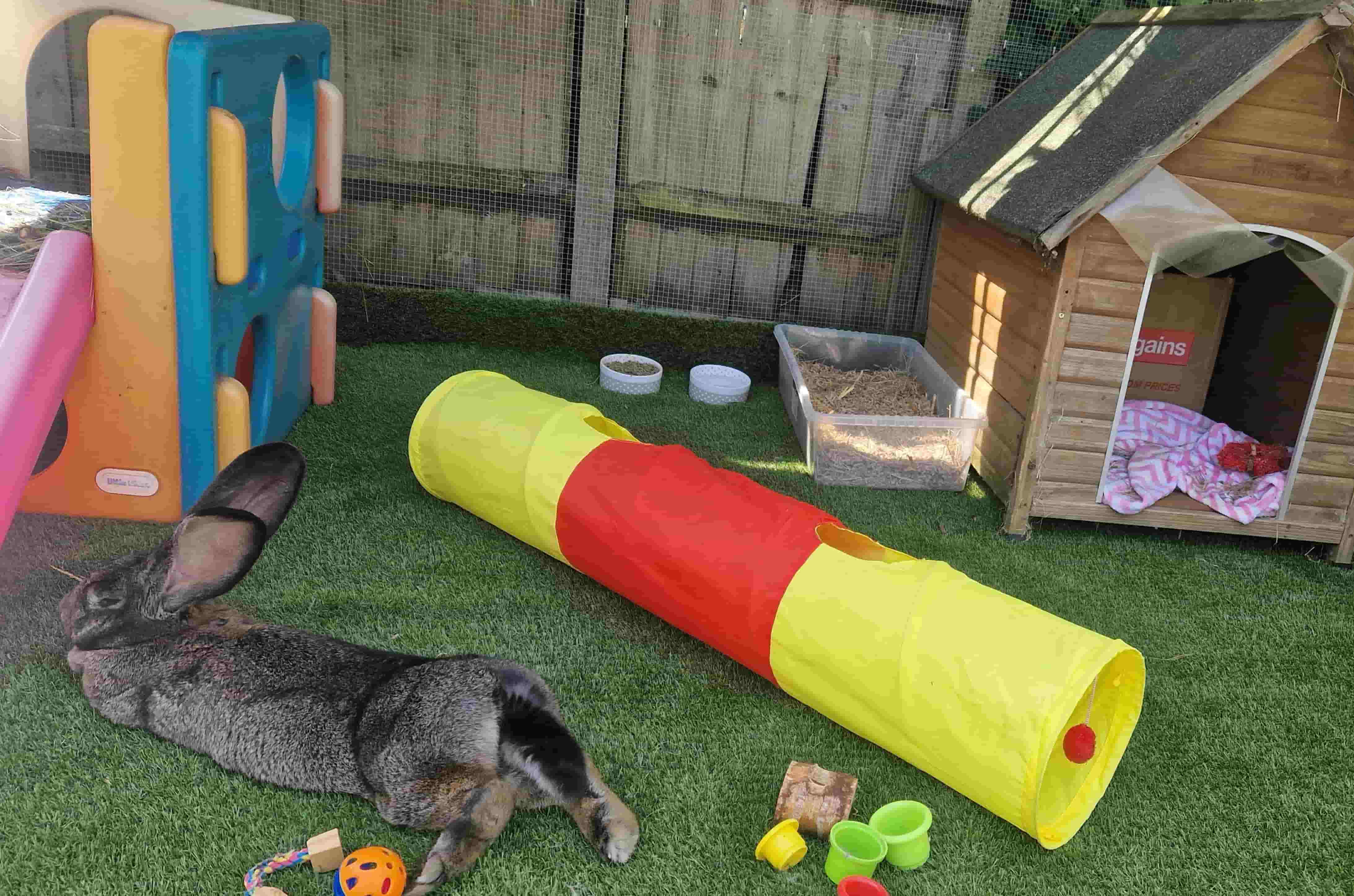

Garden Essentials
How To Create A Play Area For Rabbits
Modified: March 7, 2024
Learn how to create a rabbit-friendly play area in your garden. Discover tips and tricks for providing a safe and enriching space for your furry friends.
(Many of the links in this article redirect to a specific reviewed product. Your purchase of these products through affiliate links helps to generate commission for Storables.com, at no extra cost. Learn more)
Introduction
Welcome to the ultimate guide on how to create a play area for rabbits! Rabbits are energetic and playful creatures that benefit greatly from having a designated play space where they can exercise, explore, and engage in natural behaviors. By providing a stimulating environment, you can ensure that your furry friend stays physically and mentally healthy.
In this article, we will take you through a step-by-step process to help you create the perfect play area for your rabbit. From choosing the ideal location to selecting the right size and type of playpen, we have got you covered. We will also discuss the importance of safety measures, suitable toys and enrichment, creating a rabbit-friendly environment, monitoring playtime, and maintaining cleanliness.
So, whether you are a new rabbit owner or looking to revamp your current play area, let’s dive in and create a space where your rabbit can hop, binky, and explore to their heart’s content!
Key Takeaways:
- Rabbits need a safe, stimulating play area to stay healthy. Choose a quiet, spacious location, and provide secure fencing, soft flooring, and suitable toys for a fun and enriching experience.
- Regularly monitor and clean the play area to ensure your rabbit’s well-being. Supervise playtime, remove waste, and maintain a rabbit-friendly environment for a happy, thriving furry friend.
Read more: How To Create Shade In A Play Area
Step 1: Choosing the Right Location
The first step in creating a play area for your rabbit is to choose the right location. It is important to select an area that is safe, quiet, and easily accessible for both you and your furry friend.
Here are a few factors to consider when choosing the location:
- Indoor vs. Outdoor: Decide whether you want to have an indoor or outdoor play area for your rabbit. Indoor play areas offer better protection from predators and adverse weather conditions, while outdoor play areas allow your rabbit to experience fresh air and natural sunlight.
- Space: Assess the available space in your home or yard. Rabbits require enough room to move around, stretch their legs, and perform their natural behaviors. A larger space will provide more opportunities for exercise and exploration.
- Temperature and Ventilation: Ensure that the chosen location has a consistent temperature and proper ventilation. Extreme cold or heat can be detrimental to your rabbit’s health, so it’s crucial to keep them in a comfortable environment.
- Noise Level: Rabbits are sensitive to loud noises and sudden disturbances. Select a location away from high traffic areas or noisy appliances to provide a calm and stress-free environment for your rabbit.
Remember, rabbits are social animals that thrive on human interaction. Choose a location where you can easily spend quality time with your rabbit, whether it’s inside your home or in a designated outdoor area.
Once you have chosen the right location, it’s time to move on to the next step: selecting the appropriate size and type of playpen.
Step 2: Selecting the Appropriate Size and Type of Playpen
Now that you have determined the location for your rabbit’s play area, the next step is to select the appropriate size and type of playpen. The size of the playpen is crucial as it directly impacts your rabbit’s comfort and ability to engage in natural behaviors.
Here are some guidelines to help you choose the right size playpen:
- Space Requirements: Rabbits need enough space to hop, run, binky, and play freely. As a general rule, the playpen should be at least four times the length of your rabbit when fully stretched out. This ensures they have enough room for exercise and encourages healthy activity.
- Height: Take into consideration the height of your rabbit when selecting a playpen. Ensure that the walls of the playpen are high enough to prevent your rabbit from jumping over and escaping.
- Safety Considerations: The playpen should have secure fencing to prevent your rabbit from getting stuck or injured. Avoid using playpens with wire flooring, as it can be uncomfortable for your rabbit’s delicate feet.
- Portability: If you prefer to have the flexibility to move the playpen around, consider selecting a lightweight and collapsible playpen that is easy to set up and dismantle.
- Materials: Choose a playpen made of safe and non-toxic materials. Avoid playpens with sharp edges, small openings, or materials that can easily break or splinter.
When it comes to the type of playpen, there are several options available, including plastic enclosures, wire exercise pens, and homemade setups using safe materials like PVC pipes or wooden frames. Select the one that best suits your rabbit’s needs, taking into account their size, temperament, and specific requirements.
By choosing the proper size and type of playpen, you are providing your rabbit with a secure and comfortable space to enjoy their playtime. Now, let’s move on to the next step: setting up a safe and secure play area.
Step 3: Setting up a Safe and Secure Play Area
Once you have chosen the size and type of playpen, it’s time to set up a safe and secure play area for your rabbit. Creating an environment that promotes safety and prevents potential hazards is essential for your furry friend’s well-being.
Here are some important considerations when setting up the play area:
- Remove Hazards: Before introducing your rabbit to the play area, thoroughly inspect the space and remove any potential hazards. This includes electrical cords, toxic plants, small objects, and any sharp or dangerous items.
- Secure Fencing: Ensure that the playpen has secure fencing, with no gaps or loose parts that your rabbit can squeeze through or chew on. You can use cable ties or clips to reinforce the connections and provide extra stability.
- Provide a Shelter: If the play area is located outdoors, it is crucial to provide a shelter that protects your rabbit from direct sunlight, rain, wind, or extreme temperatures. A small house or hutch can serve as a safe retreat for your rabbit during their playtime.
- Soft Flooring: Place a soft and comfortable flooring in the play area to ensure your rabbit’s comfort. Options include grass, pet-friendly turf, or rugs and blankets. Avoid using materials that can be ingested, such as straw or loose bedding.
- Boundary Markers: If you are using an outdoor play area, consider using boundary markers like garden fencing or portable mesh panels to prevent your rabbit from wandering off into unsafe areas.
Remember to observe your rabbit closely during their playtime and make adjustments to the setup if necessary. Provide access to fresh water and a litter box within the play area so that your rabbit can take care of their needs without leaving the designated space.
By setting up a safe and secure play area, you are ensuring that your rabbit can enjoy their playtime without any risks. Now that the play area is ready, let’s move on to the next step: providing suitable toys and enrichment.
Step 4: Providing Suitable Toys and Enrichment
Now that you have created a safe play area for your rabbit, it’s important to provide them with suitable toys and enrichment to keep them entertained, engaged, and mentally stimulated during their playtime. Rabbits are curious and inquisitive animals, and providing enrichment activities is crucial for their overall well-being.
Here are some ideas for toys and enrichment to include in your rabbit’s play area:
- Chew Toys: Rabbits have a natural need to chew to keep their teeth healthy. Provide a variety of safe and rabbit-friendly chew toys, such as wooden blocks, cardboard tubes, and apple branches. Avoid toys with small parts or toxic materials.
- Tunnels and Hideouts: Rabbits enjoy exploring tunnels and having small hideouts to retreat to. You can use cardboard tunnels, fabric tunnels, or even large PVC pipes for them to run through and play in.
- Puzzle Toys: Stimulate your rabbit’s problem-solving skills by introducing puzzle toys that require them to figure out how to access hidden treats. There are many commercially available treat-dispensing toys designed specifically for rabbits, or you can create your own using cardboard boxes or egg cartons.
- Foraging Opportunities: Rabbits love foraging for food, so provide them with opportunities to search for their meals. Hide small portions of their daily food ration around the play area for them to find. You can also use treat balls or puzzle feeders to engage their natural foraging instincts.
- Play Balls and Toss Toys: Rabbits enjoy pushing and tossing lightweight balls or toys around. Look for ones made of safe materials and large enough to prevent choking hazards. Avoid toys with bells or small parts that can be swallowed.
Rotate the toys and enrichment items regularly to keep your rabbit’s playtime exciting and prevent boredom. Additionally, spending time interacting and playing with your rabbit using toys like feather wands or interactive toys can help strengthen your bond and provide valuable socialization.
By providing suitable toys and enrichment, you are ensuring that your rabbit has a fun and fulfilling playtime experience. Next, let’s move on to step 5: creating a rabbit-friendly environment.
Provide a variety of toys and tunnels in the play area to keep rabbits entertained and encourage exercise. This can include cardboard boxes, wooden chew toys, and PVC tunnels.
Read more: How To Create Play Area For Rats
Step 5: Creating a Rabbit-Friendly Environment
Creating a rabbit-friendly environment in the play area is essential to ensure that your furry friend feels comfortable, secure, and stimulated. By considering their natural instincts and needs, you can make the play area a haven where your rabbit can thrive.
Here are some tips to create a rabbit-friendly environment:
- Provide Hiding Spots: Rabbits are prey animals and like to have hiding spots where they can feel safe and secure. Place cozy hideouts, such as covered tunnels or small houses, in different areas of the playpen to offer your rabbit a sense of security.
- Add Litter Box: Rabbits are naturally inclined to use a specific area for elimination. Place a litter box filled with rabbit-safe litter in the play area to encourage your rabbit to use it. This will help keep the playpen clean and make it easier for you to maintain hygiene.
- Include Natural Elements: Rabbits have an affinity for nature. Incorporate natural elements in the play area, such as logs, branches, or pet-safe plants, for your rabbit to explore and nibble on. Just ensure that any plants you choose are non-toxic for rabbits.
- Provide Elevated Areas: Rabbits enjoy having elevated spots where they can survey their surroundings. Use cardboard boxes or low platforms to create elevated areas for your rabbit to hop on and observe their environment from a higher vantage point.
- Rotate Toys and Enrichment: Keep your rabbit’s play area interesting and engaging by rotating toys and enrichment items regularly. Introduce new toys, rearrange the layout, and change up the hiding spots to stimulate their curiosity and prevent boredom.
Remember to spend quality time interacting with your rabbit in the play area. Engage them in gentle play sessions or provide them with interactive toys to keep them mentally and physically active. By providing a rabbit-friendly environment, you are ensuring a happy and enriching experience for your furry friend.
Now that the play area is well designed and rabbit-friendly, let’s move on to step 6: monitoring and supervising playtime.
Step 6: Monitoring and Supervising Playtime
When it comes to creating a play area for your rabbit, it’s important to monitor and supervise their playtime to ensure their safety and well-being. By being vigilant and actively involved during their play sessions, you can prevent potential accidents and address any issues promptly.
Here are some guidelines for monitoring and supervising your rabbit’s playtime:
- Stay Present: Always be present and attentive while your rabbit is in the play area. This allows you to quickly address any potential safety concerns, such as chewing on hazardous objects or attempts to escape.
- Observe Behavior: Pay close attention to your rabbit’s behavior during playtime. Look for signs of distress, aggression, or discomfort. If your rabbit appears stressed or exhibits any unusual behavior, it’s best to remove them from the play area and assess the situation.
- Prevent Escapes: Even with a secure playpen, rabbits can be clever escape artists. Regularly check the integrity of the fencing and make any necessary adjustments. Supervise closely to ensure your rabbit does not attempt to jump over or dig under the barriers.
- Interact and Bond: Use playtime as an opportunity to interact and bond with your rabbit. Engage in gentle play sessions, offer treats, or simply sit in the play area and observe their behavior. Building a strong bond with your rabbit is essential for their overall well-being.
- Address Any Concerns: If you notice any health issues, injuries, or unusual behaviors during playtime, consult with a veterinarian promptly. Early detection and proper intervention can prevent serious complications.
Remember, each rabbit is unique, and their playtime preferences may vary. Some may enjoy more active play, while others may prefer a quieter and more relaxed environment. Pay attention to your rabbit’s individual needs and adapt the playtime routine accordingly.
By monitoring and supervising your rabbit’s playtime, you can provide a safe and enjoyable experience for both you and your furry friend. So, let’s move on to the final step: cleaning and maintenance of the play area.
Step 7: Cleaning and Maintenance of the Play Area
Keeping the play area clean and well-maintained is essential for your rabbit’s health and hygiene. Regular cleaning helps prevent the buildup of waste, bacteria, and odors, providing a clean and sanitary environment for your furry friend to play in.
Here are some tips for cleaning and maintaining the play area:
- Remove Waste Daily: Check the play area daily and remove any droppings or soiled bedding. A litter box within the play area can aid in collecting waste, making it easier for you to clean.
- Spot Cleaning: Regularly inspect the play area for any spills, stains, or messes. Clean up any food debris, urine, or other spills immediately to maintain a fresh and hygienic environment.
- Deep Cleaning: Depending on usage and soiling, plan for regular deep cleaning of the play area. Remove all toys, bedding, and litter, and thoroughly clean the floor and walls of the playpen using a mild pet-safe cleaner. Rinse thoroughly and allow it to dry completely before setting up the play area again.
- Toys and Enrichment: Clean your rabbit’s toys and enrichment items regularly. Some toys may be dishwasher-safe, while others may require hand-washing with mild soap and water. Ensure they are thoroughly dried before reintroducing them to the play area.
- Inspect for Damage: Routinely check the playpen, toys, and other accessories for any signs of wear and tear or damage. Replace or repair any items that pose a risk to your rabbit’s safety.
- Secure Fencing: Regularly inspect the fencing and connections of the playpen to ensure they are secure and intact. Repair or reinforce any areas that show signs of weakness to prevent escapes or injuries.
Remember to use pet-safe and non-toxic cleaning products when cleaning the play area and your rabbit’s toys. Avoid harsh chemicals or strong fragrances that could be harmful to your rabbit’s sensitive respiratory system.
By maintaining a clean play area, you are creating a healthy environment for your rabbit to enjoy their playtime and reducing the risk of illness or infection. With these cleaning and maintenance practices in place, your play area will always be fresh and inviting for your furry friend.
Congratulations! You have now completed all the necessary steps to create and maintain a play area for your rabbit. Enjoy watching your furry friend explore, play, and flourish in their new space!
Conclusion
Creating a play area for your rabbit is not only beneficial for their physical health but also vital for their mental well-being. By following the steps outlined in this guide, you can provide a safe, stimulating, and enjoyable space for your furry friend to play, explore, and exhibit natural behaviors.
From choosing the right location and selecting the appropriate size and type of playpen to setting up a safe environment, providing suitable toys and enrichment, and ensuring regular cleaning and maintenance, you have taken the necessary steps to create the perfect play area for your rabbit.
Remember, as an involved pet owner, it’s crucial to monitor and supervise your rabbit’s playtime, building a strong bond and ensuring their safety. By being attentive to their needs and providing stimulating activities, you are promoting their overall well-being and happiness.
With a rabbit-friendly environment and plenty of opportunities for exercise and enrichment, your rabbit will thrive both physically and mentally. So, let the fun begin! Watch as your rabbit binkies, hops, and explores their play area with excitement and joy.
Thank you for taking the time to read this comprehensive guide on how to create a play area for rabbits. We hope this information has been helpful in enhancing your understanding of the essential elements needed to provide the best play experience for your beloved rabbit companion.
Now, go ahead and create an amazing play area for your rabbit, and witness them enjoy hours of playtime and happiness!
Frequently Asked Questions about How To Create A Play Area For Rabbits
Was this page helpful?
At Storables.com, we guarantee accurate and reliable information. Our content, validated by Expert Board Contributors, is crafted following stringent Editorial Policies. We're committed to providing you with well-researched, expert-backed insights for all your informational needs.
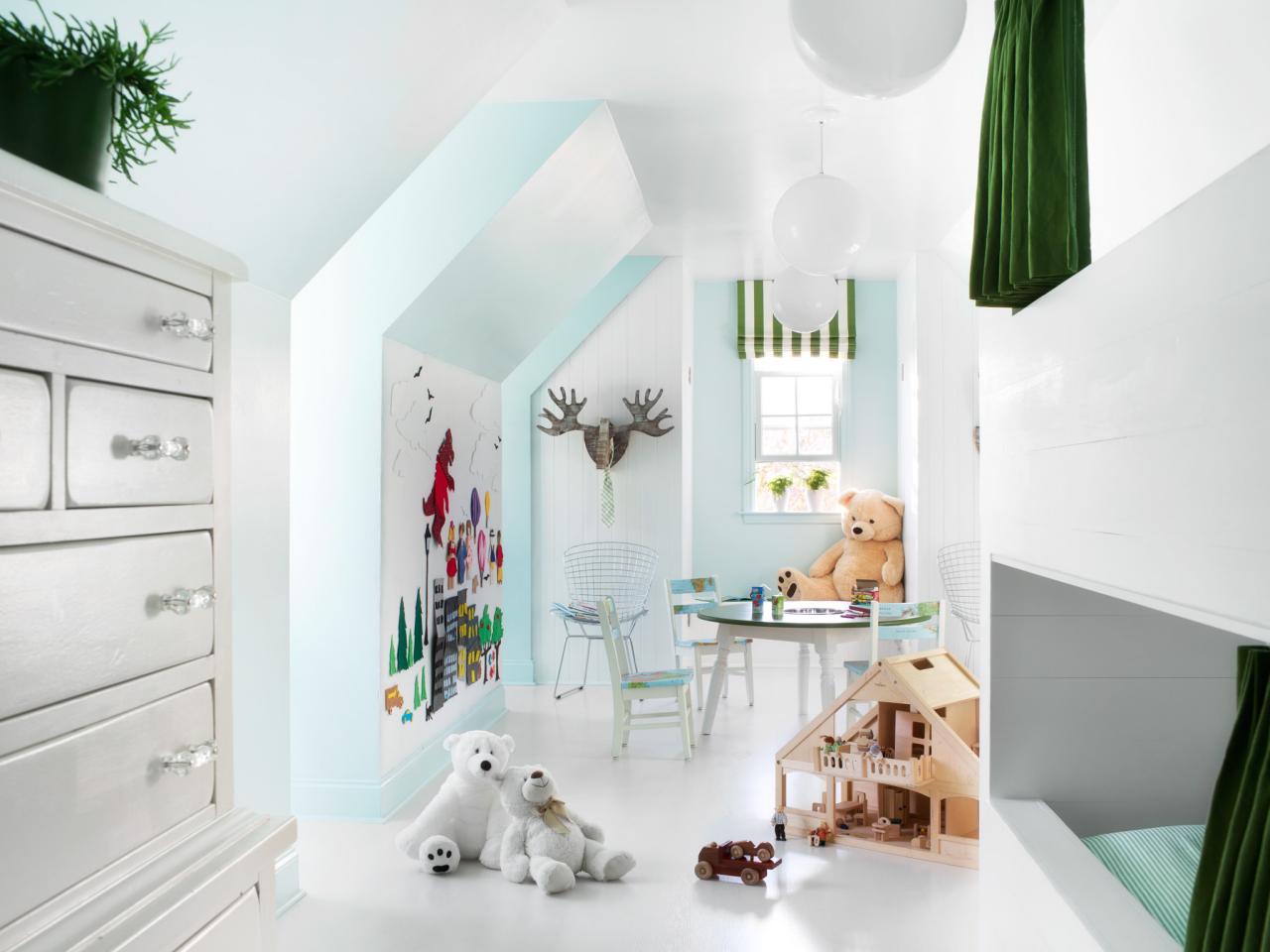
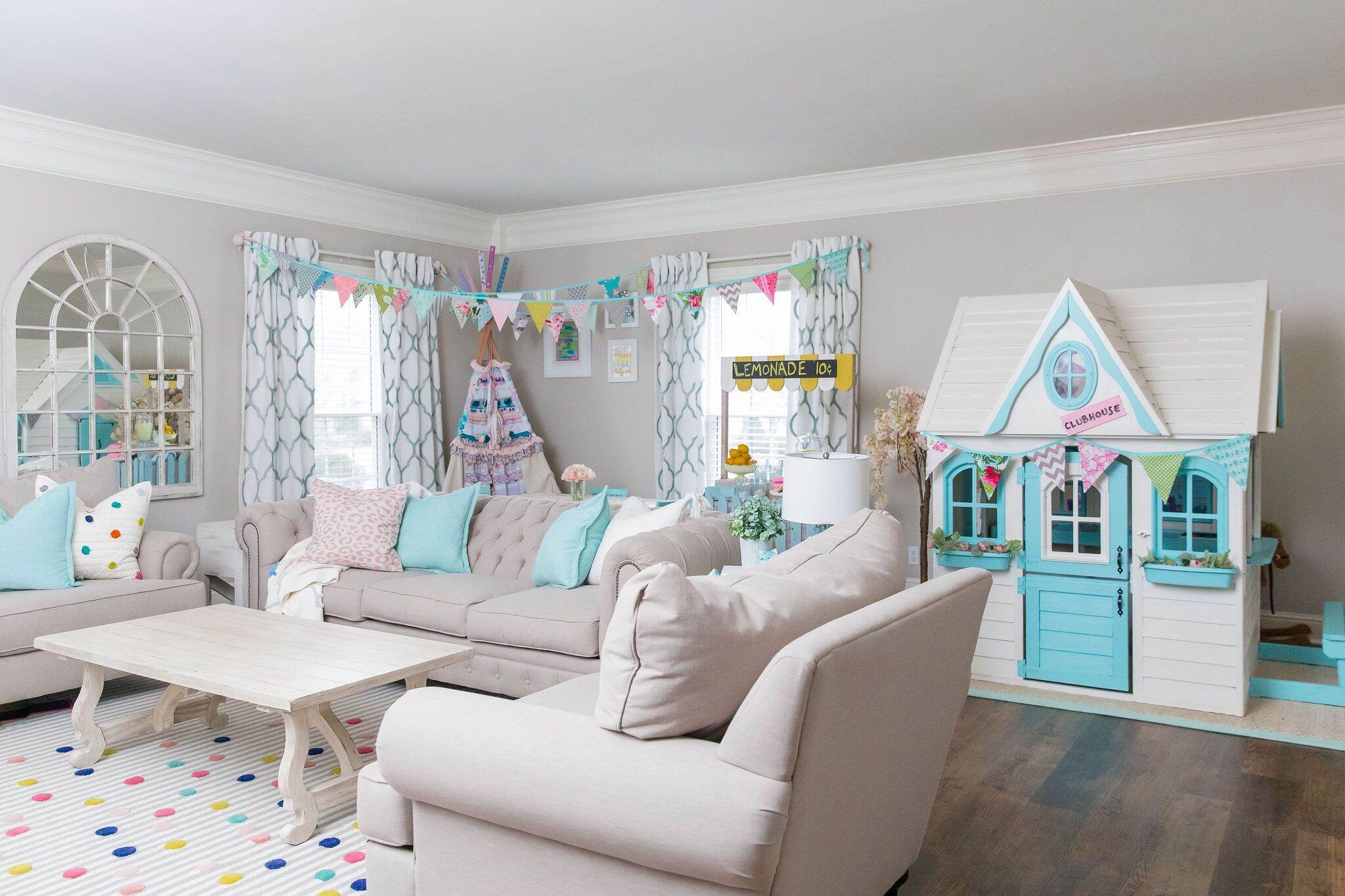
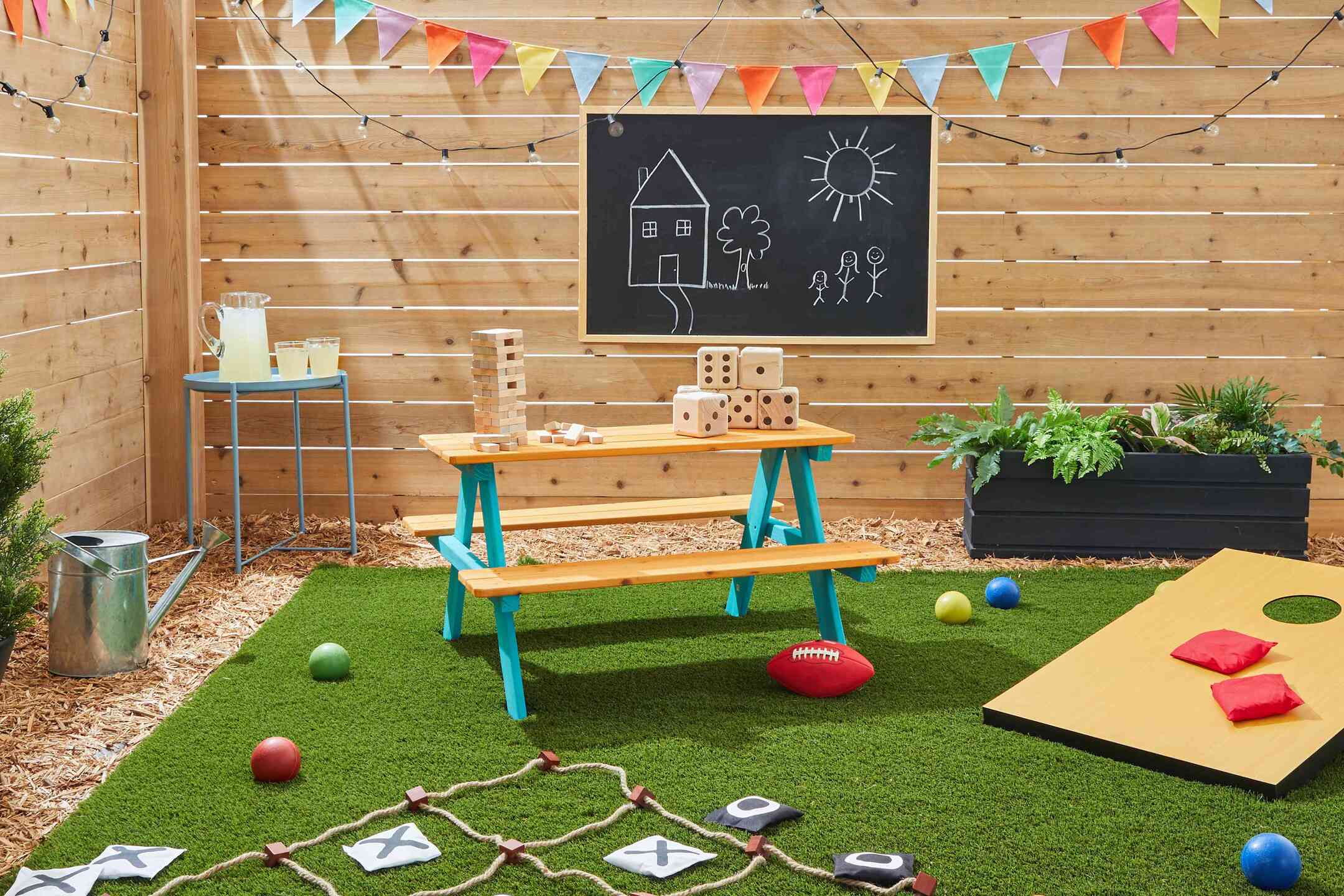
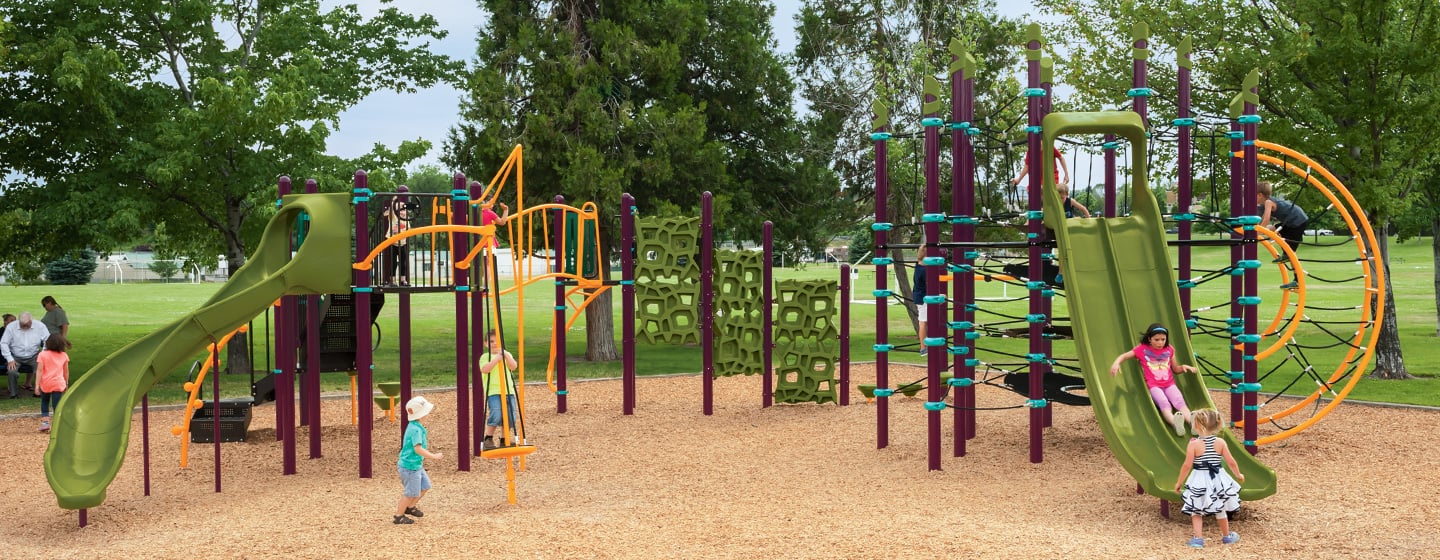
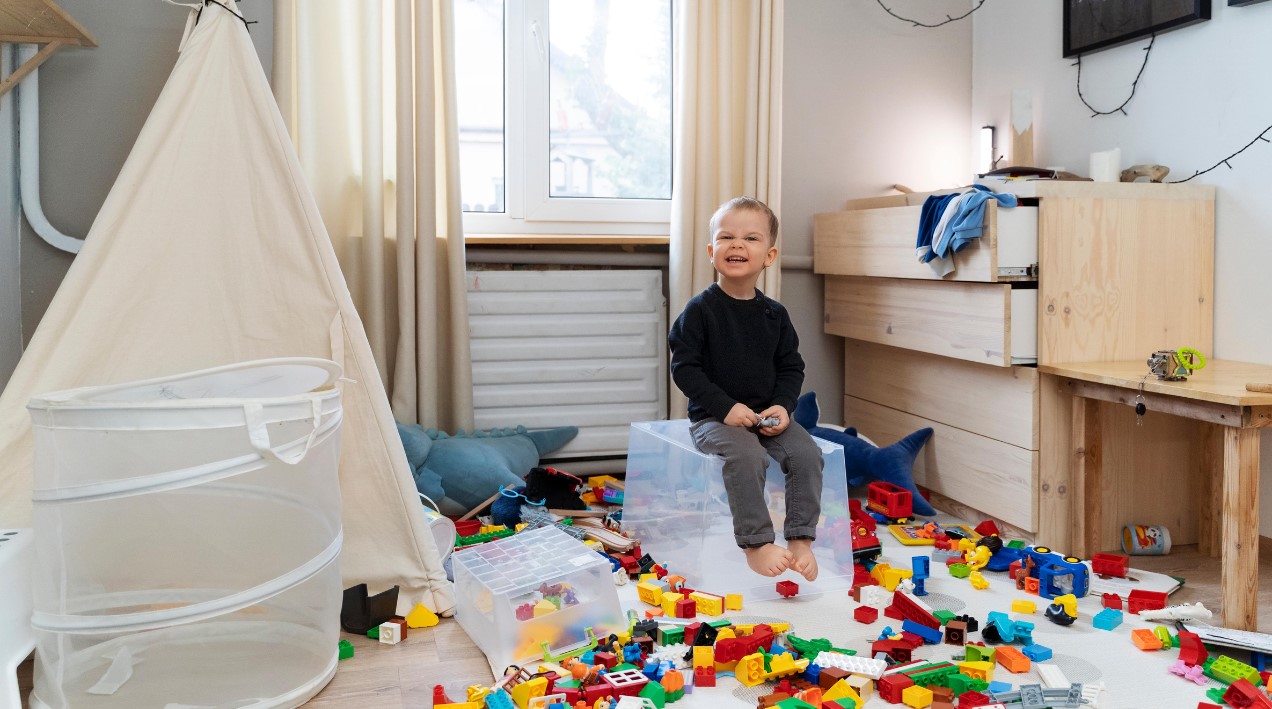
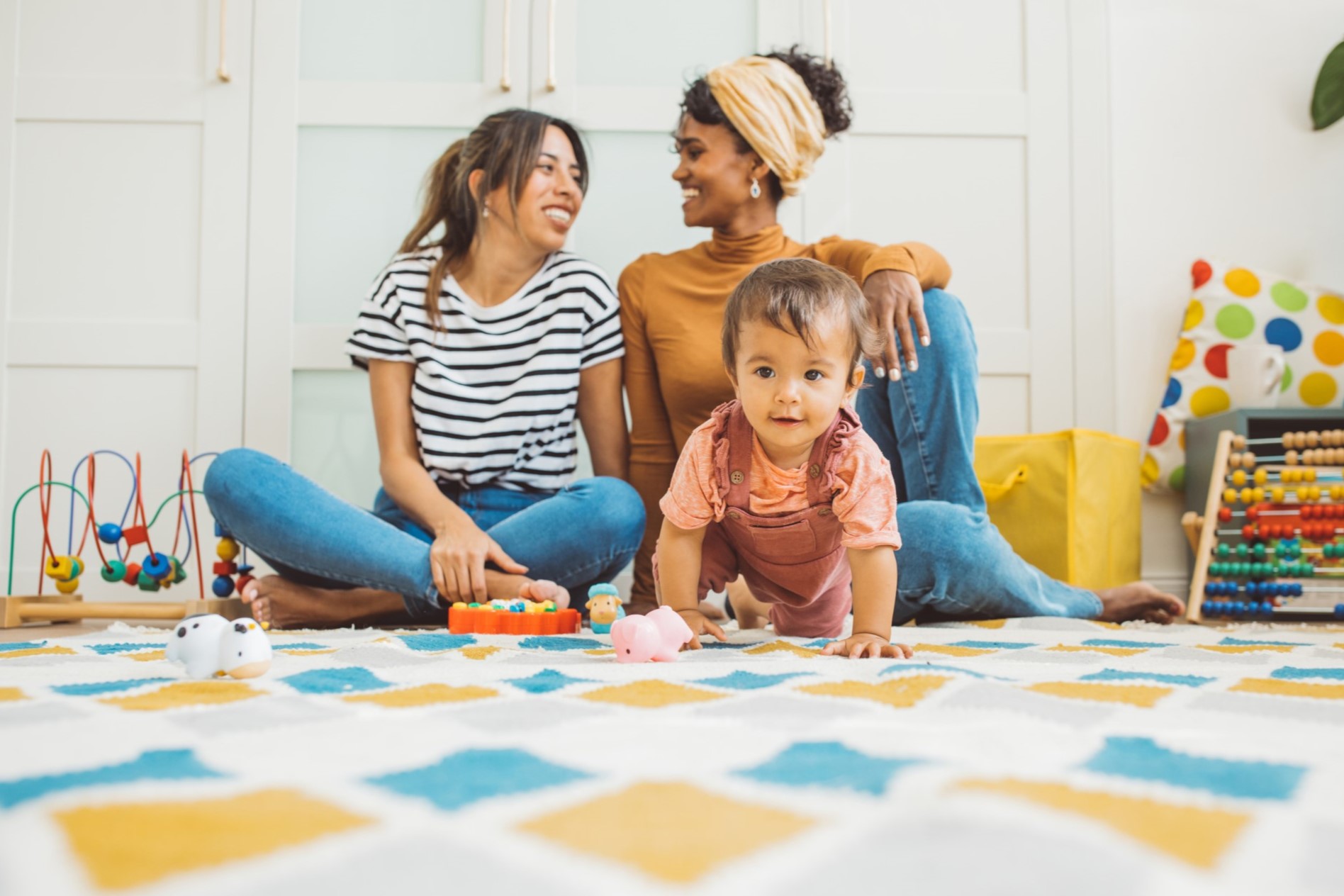
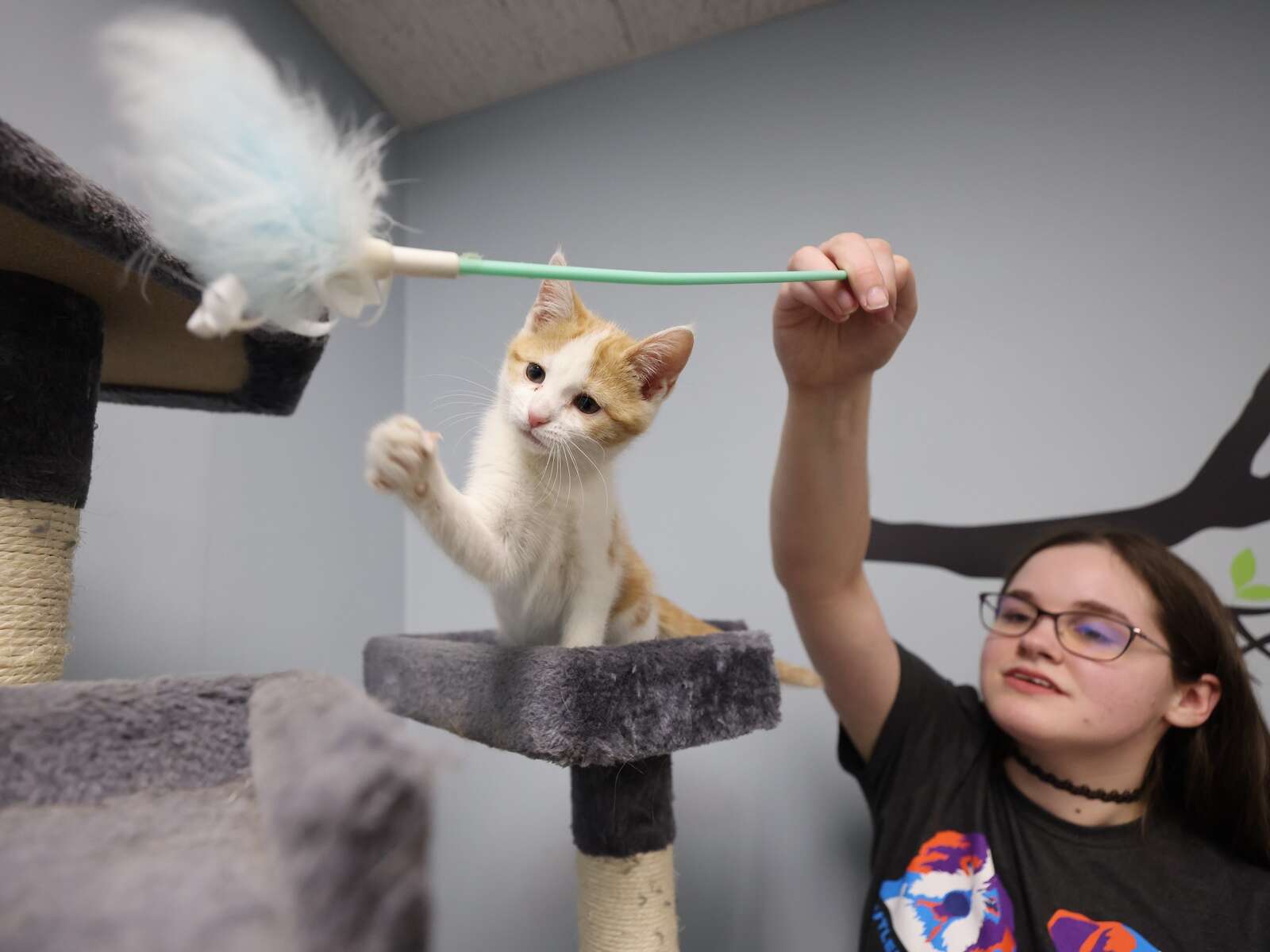
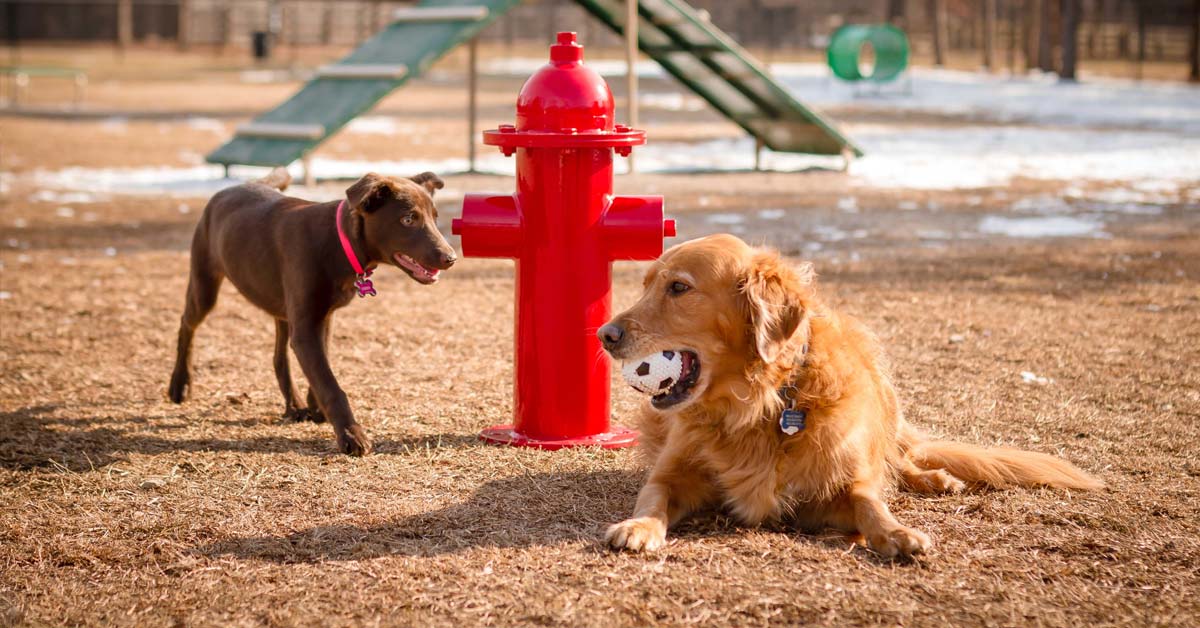
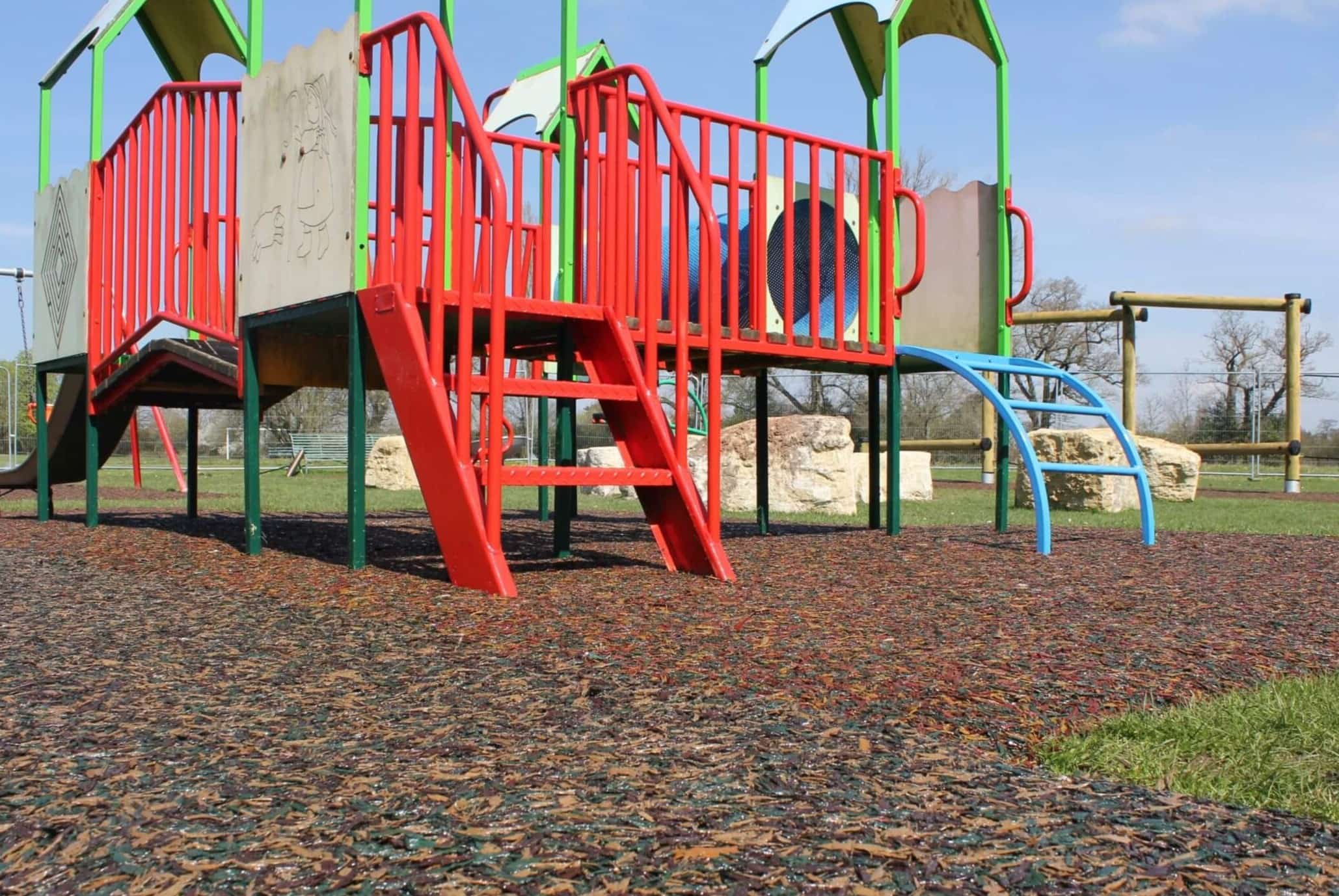
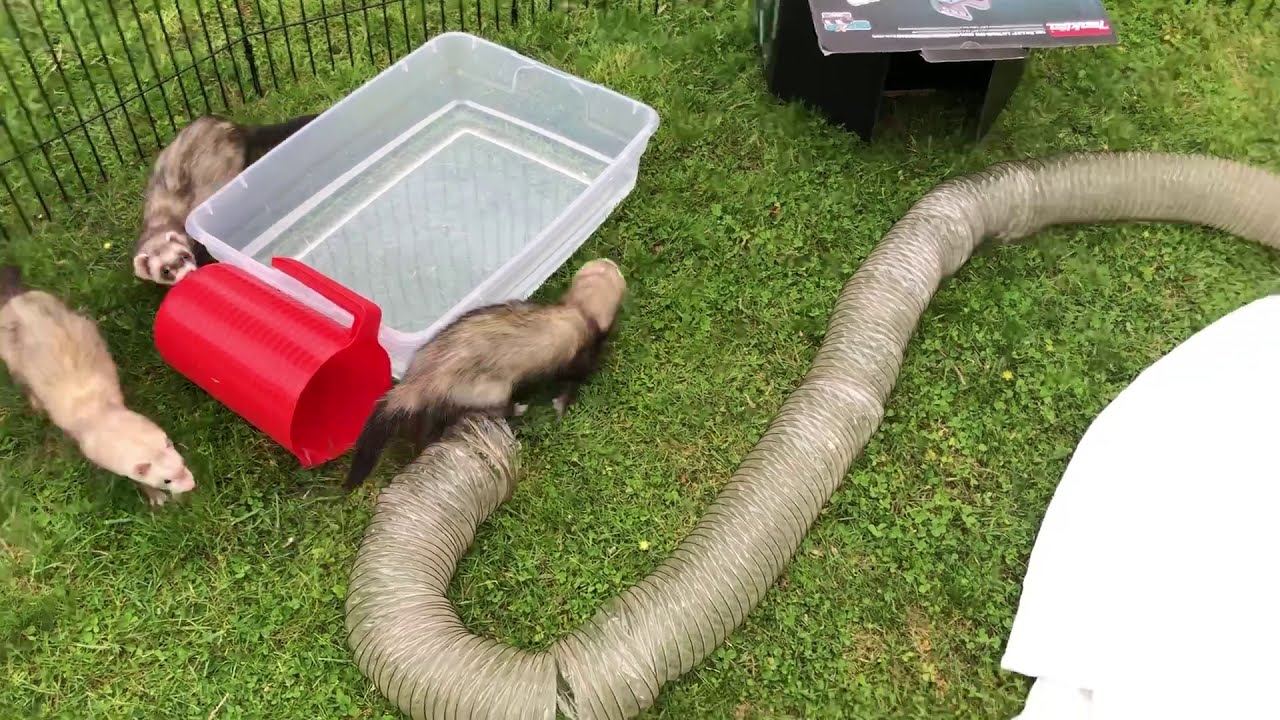
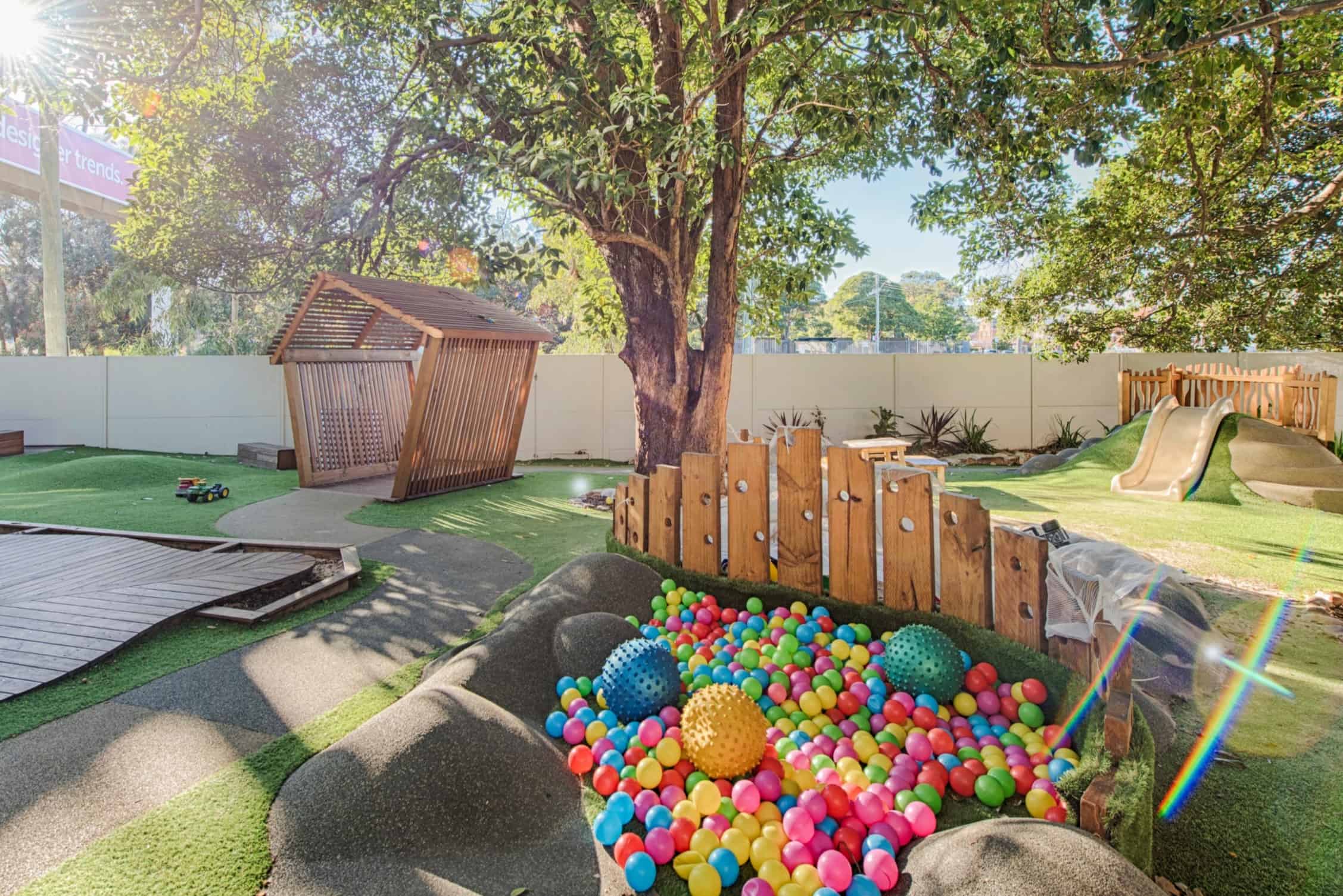
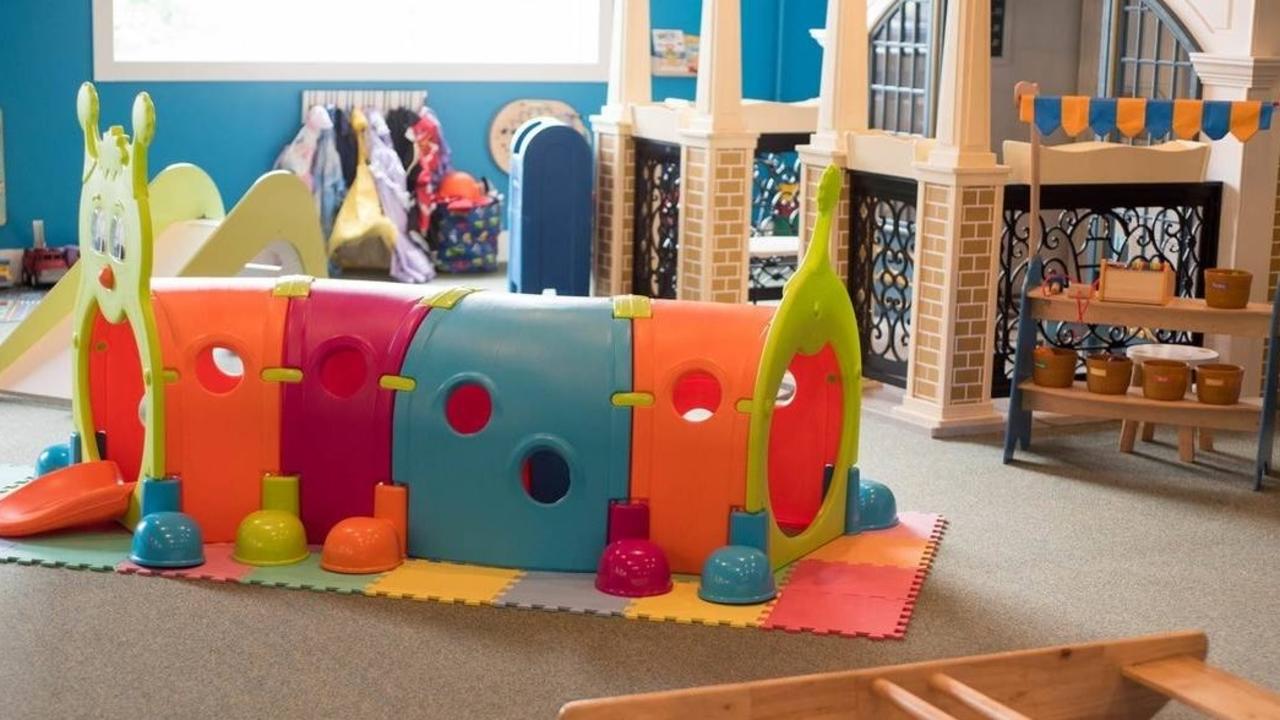
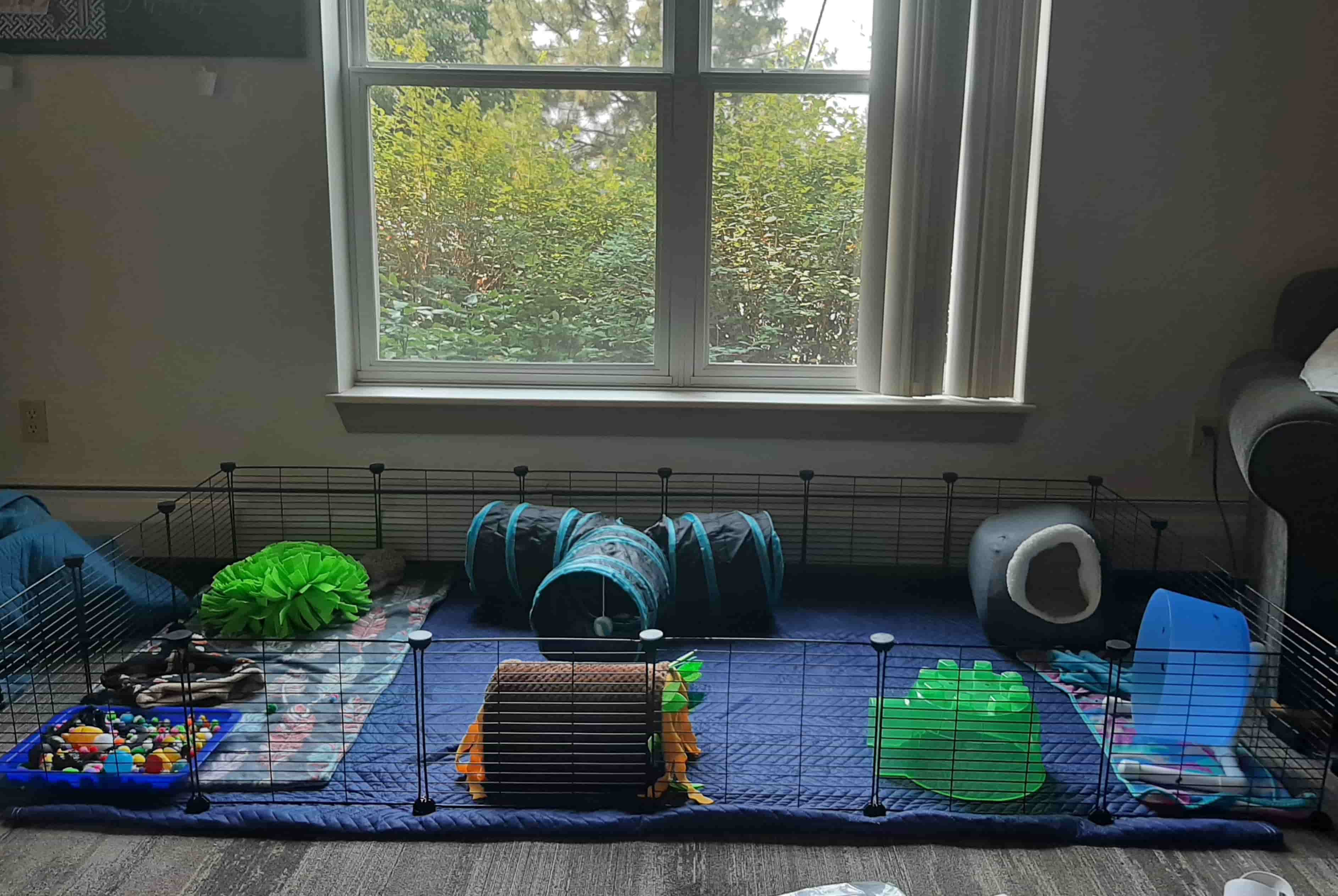
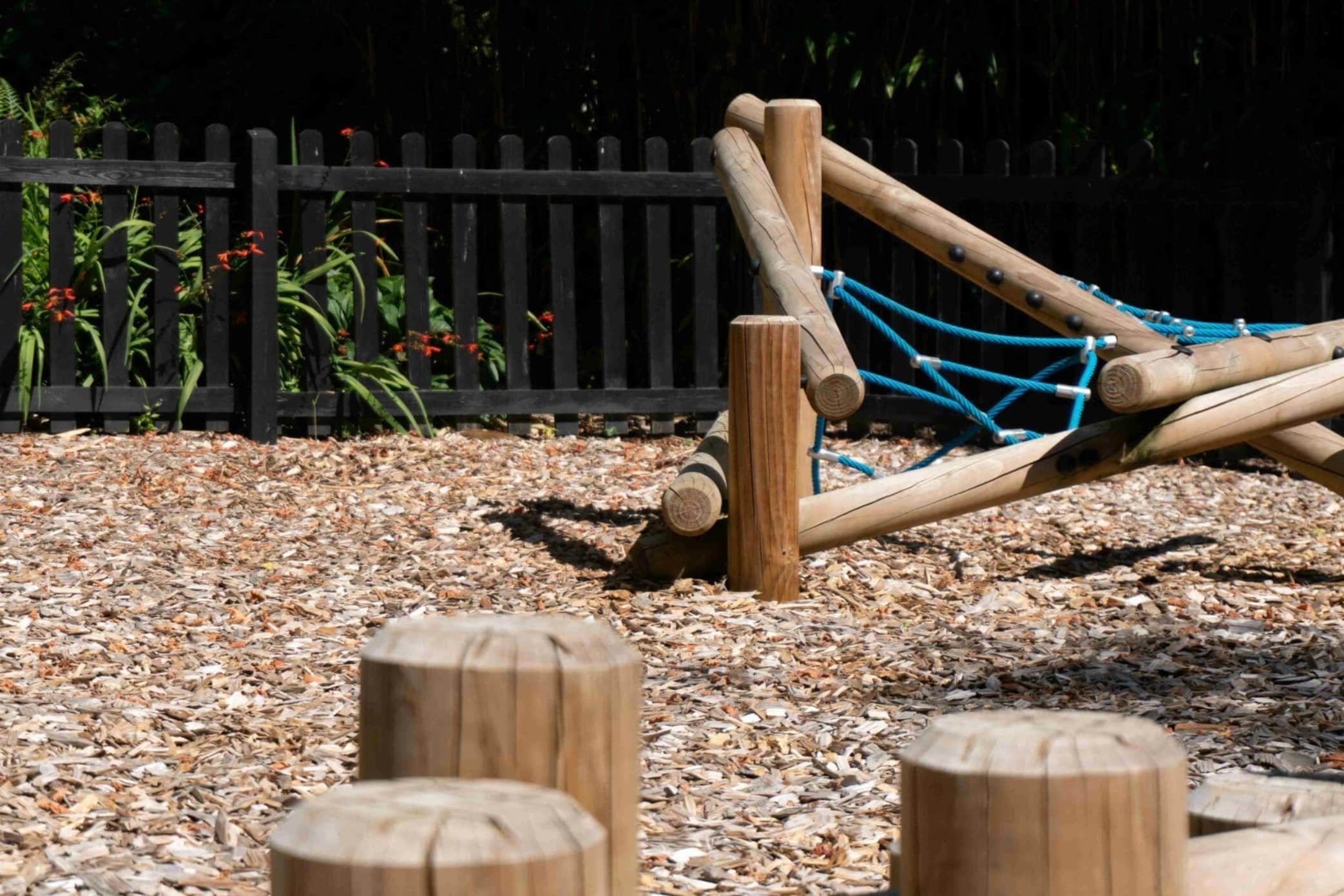

0 thoughts on “How To Create A Play Area For Rabbits”